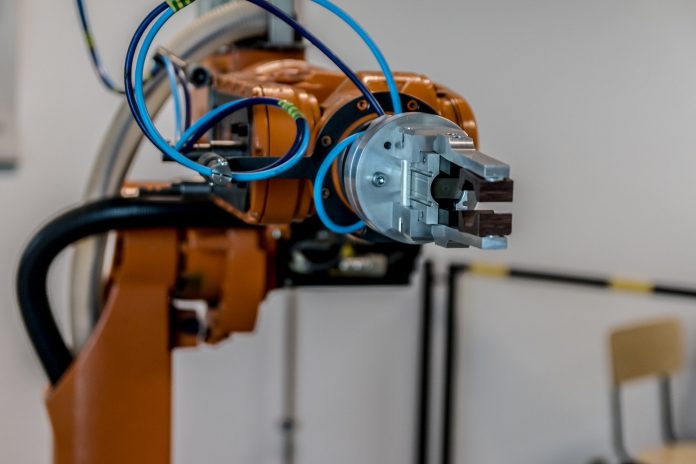There is a great transformation in the automotive industry. Soon, we expect a burst in automotive industrialization. This is because the market receives new automotive value chain and new business models regularly. The newspapers too promise a big future in the industry. This will lead to profitable business opportunities and excellent customer opportunities.
How Realistic is the Automotive Industry Trends?
There are so many promises of an excellent automotive future. But it’s not clear how the traditional automotive OEMs will stick at the top amidst the pressure from giant tech players with affluence. Also, there is a question on the effect of rising software importance and connected car services on supplier selection and R&D capabilities. The other question is on the type of asset structure required to enhance digital services and mobility.
Despite the controversies surrounding the upcoming trends in the automotive industry, by 2030 we will have more electric vehicles on our roads. The PwC report indicates 5 trends are underway. The trends will advance the automotive industry a great deal by 2010. The 5 trends are the EASCY which stands for electrified, autonomous, shared, connected and annually updated.
What’s the current condition of the Automotive Industry?
For the past few years, automobile growth has been stagnant. For instance, in 2018, the automobile sales increased by 0.3% as compared to the previous year in the United States. 0.3% is a very slow growth rate that shows stagnant growth.
So for the traditional automakers to achieve the set goals in the industry, they have to make more sales every year. But for them to survive they must embrace the current change on ride-sharing and electric vehicle trends. Traditional automakers are Volkswagen (OTCPK: NSANY), Volvo(OTCPK: VLYVLY), Toyota, Ford (F), Fiat Chrysler (FCAU), Nissan Motors(OTCPK: NSANY) and General Motors (GM).
5 Long-standing Automotive Trends
The manufacture of electric vehicles
There are plans to create more electronic vehicles. This has been triggered by climatic change concerns. The next generations will need cleaner vehicles. The advancement in technology will make it possible to create more electric vehicles that will increase sales. Also, this move will improve the automotive value chain.
Vehicles with autonomous capabilities
In the future, we will have cars that have autonomous capabilities. But this will happen in stages. For instance, by the end of 2020, level 4 & 5 vehicles will be in the market. Level 5 means that the vehicle is completely autonomous). So such a vehicle can withstand any condition including very bad roads. The buses too and trucks will be autonomous but they may be bad news to older qualified bus and truck drivers. This is because they will have to be replaced with energetic, skilled drivers.
Shareable vehicles
By 2030, vehicles will be shareable especially in urban areas. The car-sharing will allow the users to pay for every mile or every minute. This way, there will be nothing to worry about concerning car ownership. So, some car owners will share their vehicles to make extra cash
The other remaining trends include vehicles connected to the internet & cloud. Also, the vehicles will require to be updated yearly.

